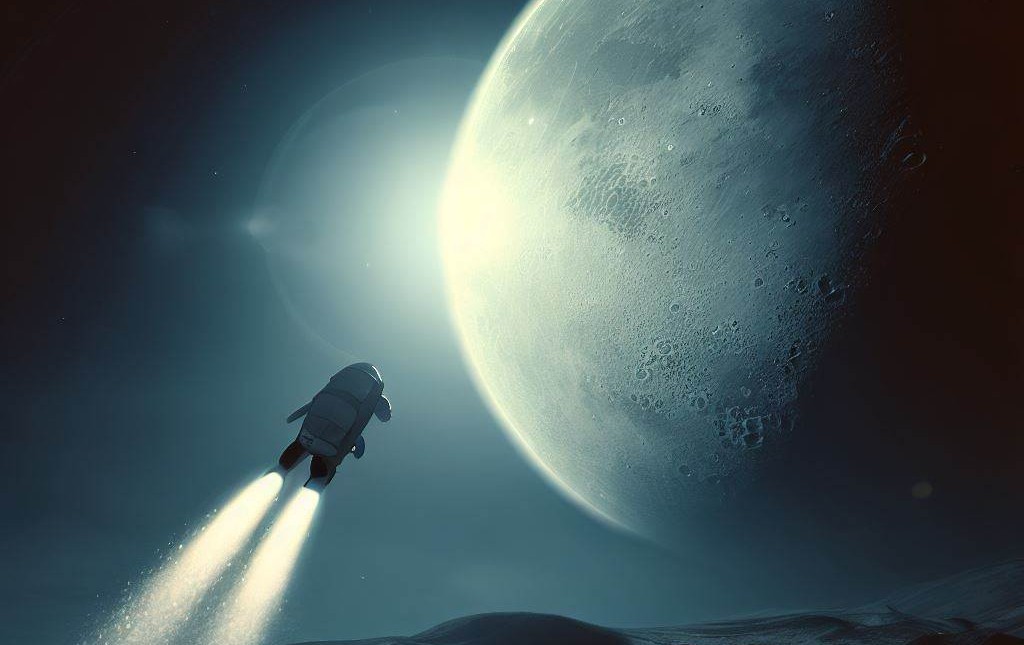On December 6, 1968, Time magazine unveiled an issue graced by a symbolic cover: a Soviet cosmonaut and an American astronaut racing towards the moon. This marked the culmination of a space race that began in 1957 when the Soviet Union launched the pioneering Sputnik satellite. The race reached its pinnacle on July 20, 1969, when the US Apollo 11 mission successfully landed astronauts on the lunar surface. However, the enthusiasm waned, and the last human presence on the moon occurred during the Apollo 17 mission in 1972. Since then, no return trips have been made.
But the scenario is changing. NASA is committed to sending astronauts back to the moon by 2025 under the Artemis Program. China is also aiming to accomplish a manned moon landing by 2030. Concurrently, robotic missions to the moon are on the rise. Russia is planning its first lunar return in 47 years with the Luna-25 mission on August 21, and India is set to achieve its maiden soft landing with the Chandrayaan-3 lander on August 23.
Given this surge in lunar ambitions across nations, including a resurgent Russia, are we witnessing a new space race? While it might be tempting to draw parallels with the historical space race, Cathleen Lewis, curator of international space programs at the Smithsonian National Air and Space Museum, suggests caution. “To me, this isn’t a fresh race,” she asserts. “If we’re drawing from history, it’s more akin to a gold rush.”
Or, more precisely, an “ice rush.” In 2018, scientists made a breakthrough by discovering water ice in the perpetual darkness of polar craters. Both the US, China, Russia, and India are now targeting regions around the lunar South Pole that potentially contain this invaluable frozen resource. Water holds the potential for rocket fuel and lunar-based manufacturing, although the challenge lies in its weight, which makes launching it from Earth costly.
Lewis highlights that space agencies are still grappling with how to effectively use this ice and the technologies required for it. She points out that it’s not just about the ice itself. The landscape of technological advancement has shifted dramatically since the mid-20th century. During the original moon race, the US and the Soviet Union were essentially developing the means to reach the moon for the very first time.
President Kennedy supported the lunar program because he believed it was technologically feasible, and it embodied the USSR’s push to its technological limits. The Soviets struggled to develop powerful enough vehicles for crewed lunar missions, while the US created the impressive Saturn V rocket. Fast forward to today, and multiple nations and even private companies possess the capability to send spacecraft to the moon. Space has become a busier realm, hosting satellites integral to global economies, ranging from communication to resource observation.
The focus has shifted from achieving technological dominance to acquiring existing technologies that bolster economic independence and prosperity. This shift reflects the reality of a mature space age, where these endeavors are no longer optional but essential for 21st-century existence. Unlike the past, the current wave of lunar exploration is inwardly directed, centered on economic growth rather than serving as a proxy competition between superpowers. For instance, China’s space exploration pace mirrors its economic progression over the past few decades.
However, this equilibrium might not remain. Historical parallels can be drawn with the Gold Rush, which eventually led to conflicts over the valuable resource. As more players routinely venture to the moon, the potential for disputes will likely rise. Questions arise regarding the allocation of rights for mining and drilling on the moon.
The Outer Space Treaty of 1967 forbids territorial claims on celestial bodies while allowing resource utilization. The grey area lies in whether this covers mining for profits back on Earth. The intricate legal landscape concerning these matters presents a complex challenge.
While space lawyers and diplomats grapple with these intricacies, the moon continues to be an enigmatic destination. Even amidst technological progress, failures occur, exemplified by India’s Chandrayaan-2 mission crashing on the moon in 2019. Accessing the moon is more feasible than 60 years ago, yet it remains a formidable endeavor.
In essence, while we’re witnessing an intense pursuit of lunar exploration, drawing comparisons to previous space races requires nuance. The moon, much like during a gold rush, may herald a new era of both opportunity and complexity.








